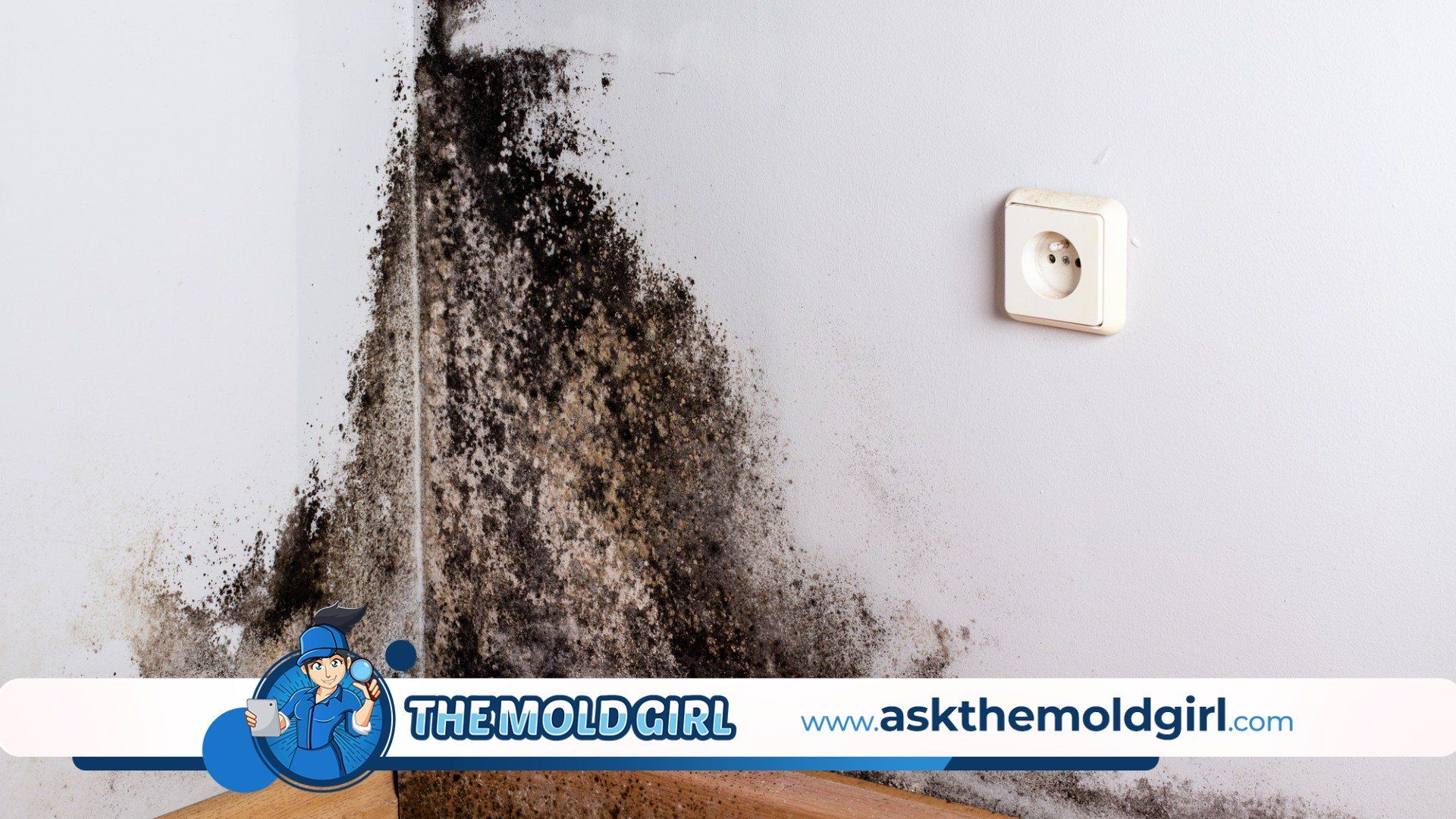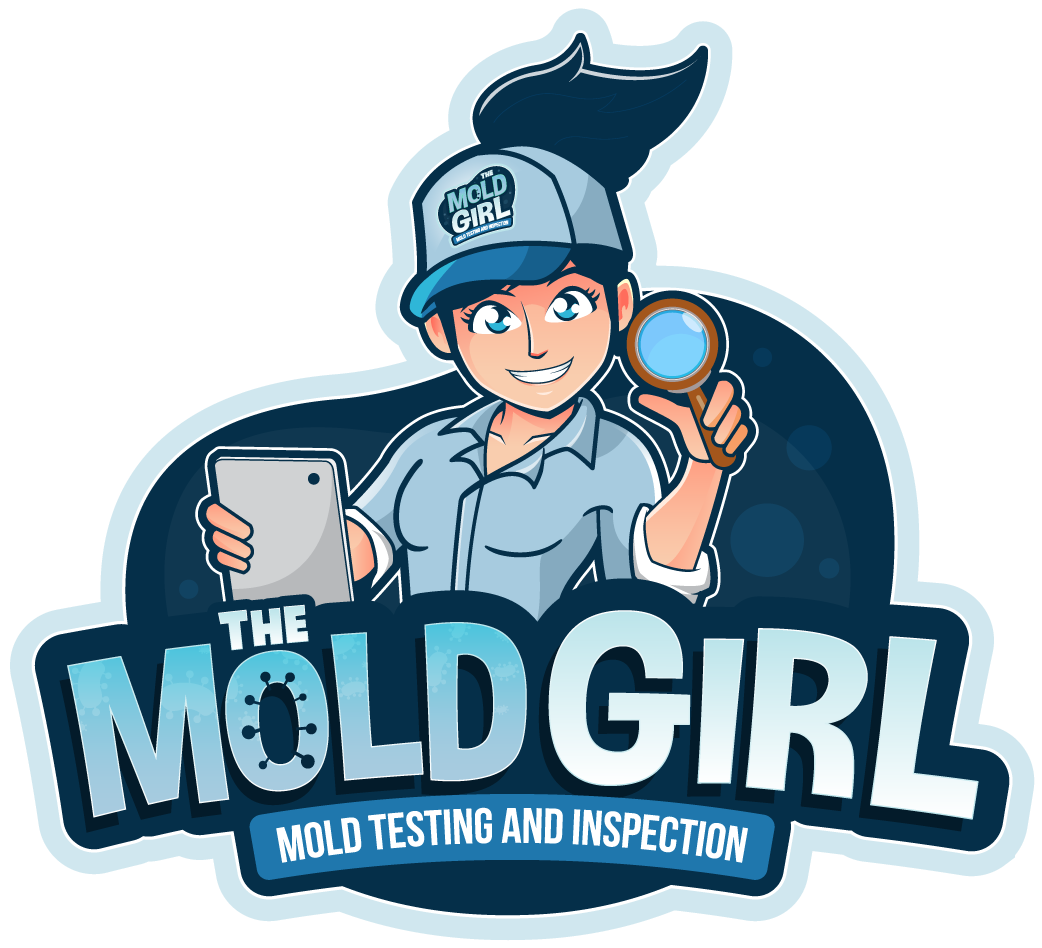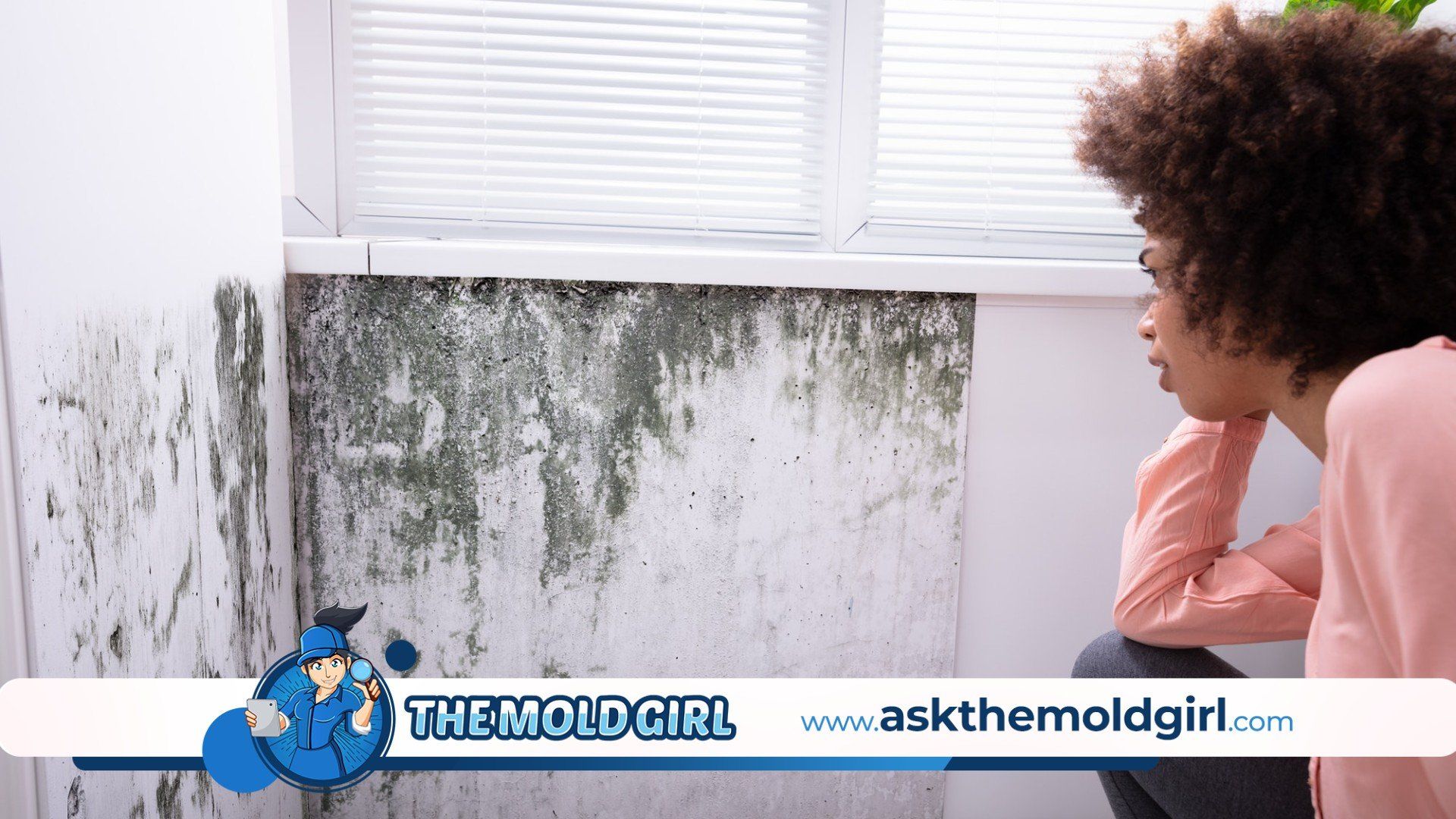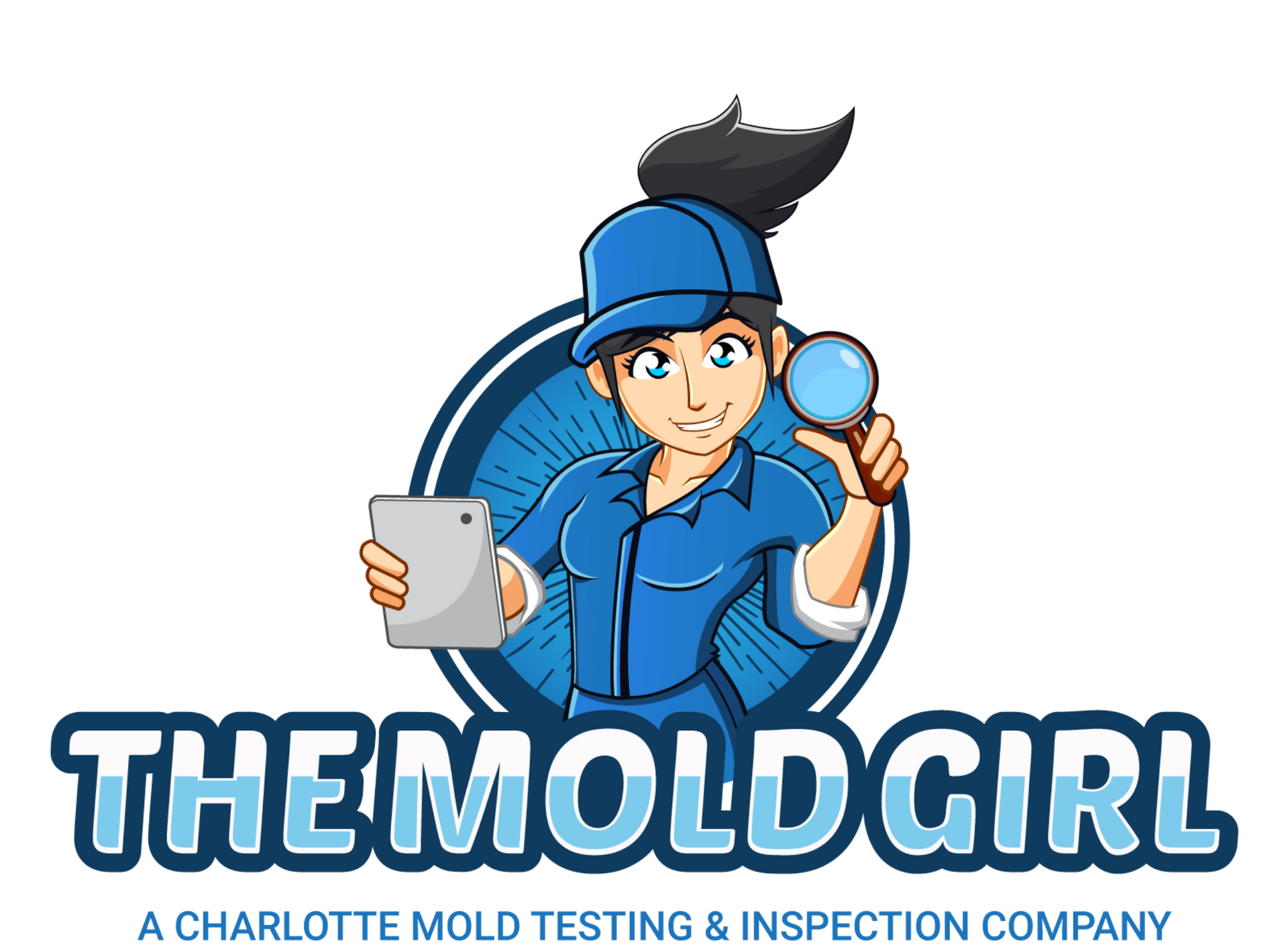Mycotoxins are toxic mold spores that can produce a variety of negative health effects in humans and livestock. They are a severe health danger to both humans and livestock. Mycotoxins can cause a variety of health problems, ranging from acute poisoning to long-term consequences such as immunological weakness and cancer.
What are the signs and symptoms of mycotoxin poisoning?
Some of the more "common" symptoms are as follows:
- Affective issues (such as depression, anxiety, and brain fog) are common in children and adolescents.
- Discomfort (especially abdominal pain, but can include muscle pain similar to fibromyalgia)
- Unexpected weight increase or loss that cannot be explained.
- Numbness and tingling in the extremities or in other parts of the body are common symptoms.
What types of ailments are caused by mycotoxins?
Mycotoxins, whether ingested by animals or people, elicit a toxic response known as mycotoxicosis when they are consumed. Mycotoxicosis can cause a variety of diseases, the most prevalent of which are nephropathy, various types of malignancy, alimentary toxic aleukia, hepatic diseases, various hemorrhagic syndromes, and immunological and neurological abnormalities.
How do mycotoxins enter the human body?
Exposure to mycotoxins can occur through the eating of contaminated plant-derived foods, through the transfer of mycotoxins and their metabolites to foods such as meat and eggs, or through the inhalation of polluted air and dust.
What causes mycotoxins to be harmful?
They enter the food chain as a result of mold contamination of crops; however, these poisons can also enter the human body by inhalation of mold spores. In spite of the fact that mycotoxins are primarily known for their long-term detrimental consequences, such as immune weakness or cancer, they can also cause rapid difficulties, such as acute intoxication.
Are mycotoxins able to travel via the air?
New research has discovered that toxic compounds from home fungi can quickly become airborne and cause health concerns.... "As a result, mycotoxins can be inhaled and should be examined as indicators of indoor air quality, particularly in dwellings with obvious fungal infection," the researchers write.
Is it true that every mold contains mycotoxins?
Mycotoxins can be found in every environment where mold exists; however, not all molds are capable of producing harmful mycotoxins. Certain mold species are more productive than others, and both indoor and outdoor molds have the ability to produce more than others.
Is it possible for fungal toxins to be carcinogenic?
Mycotoxins are among the most powerful chemical agents that have the potential to cause a mutation in these genes to occur. Aspergillus and Penicillium species create mycotoxins, which are carcinogenic poisons that are toxic to the human body.
What are the signs and symptoms of mold exposure over a lengthy period of time?
Toxic mold exposure has also been linked to more serious, long-term health consequences such as insomnia, memory loss, difficulty concentrating, and confusion, among others. Mold exposure has been shown to increase the risk of sadness and anxiety. Muscle cramps, numbness in the extremities, weight gain, light sensitivity, and hair loss are all possible side effects of this medication.
In what ways are mycotoxins and aflatoxins distinct from one another?
One of the primary differences between aflatoxin and mycotoxin would be that aflatoxin is a toxic mycotoxin generated by Aspergillus species, whereas mycotoxin is a secondary metabolic product created by fungus that has the potential to cause disease and death in humans as well as other animals. These fungus live on food and produce mycotoxins as a byproduct.
Contact The Mold Girl Charlotte Today!
The Mold Girl Charlotte will do everything we can to ensure your experience with us is excellent.
Request A FREE Estimate
Request a Free Estimate Form
Checkout Recent Post


Got a Question? We’re Here to Help.
You can arrange an appointment or make an enquiry by phone or email, orget in touch to us via our contact form.


